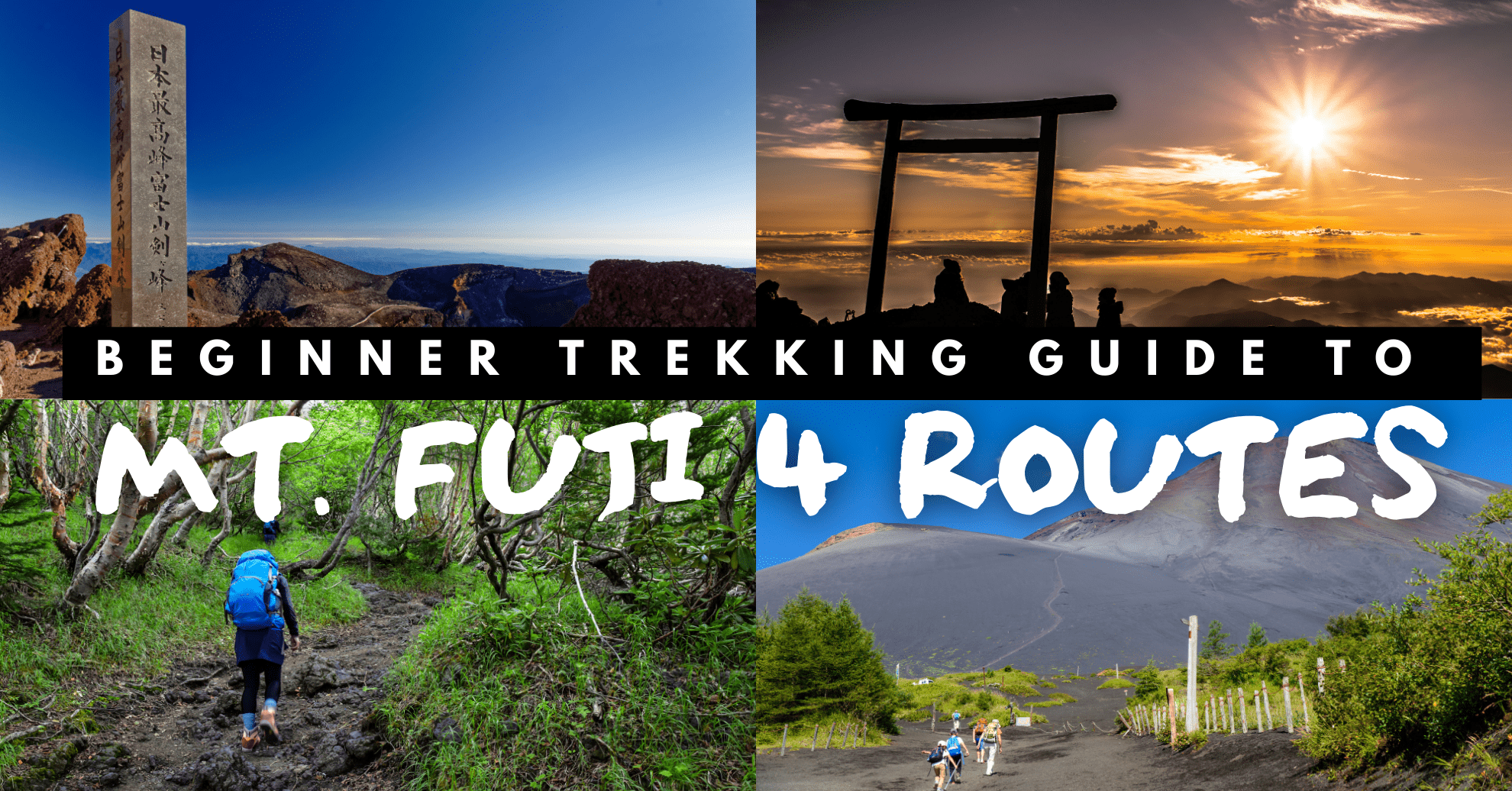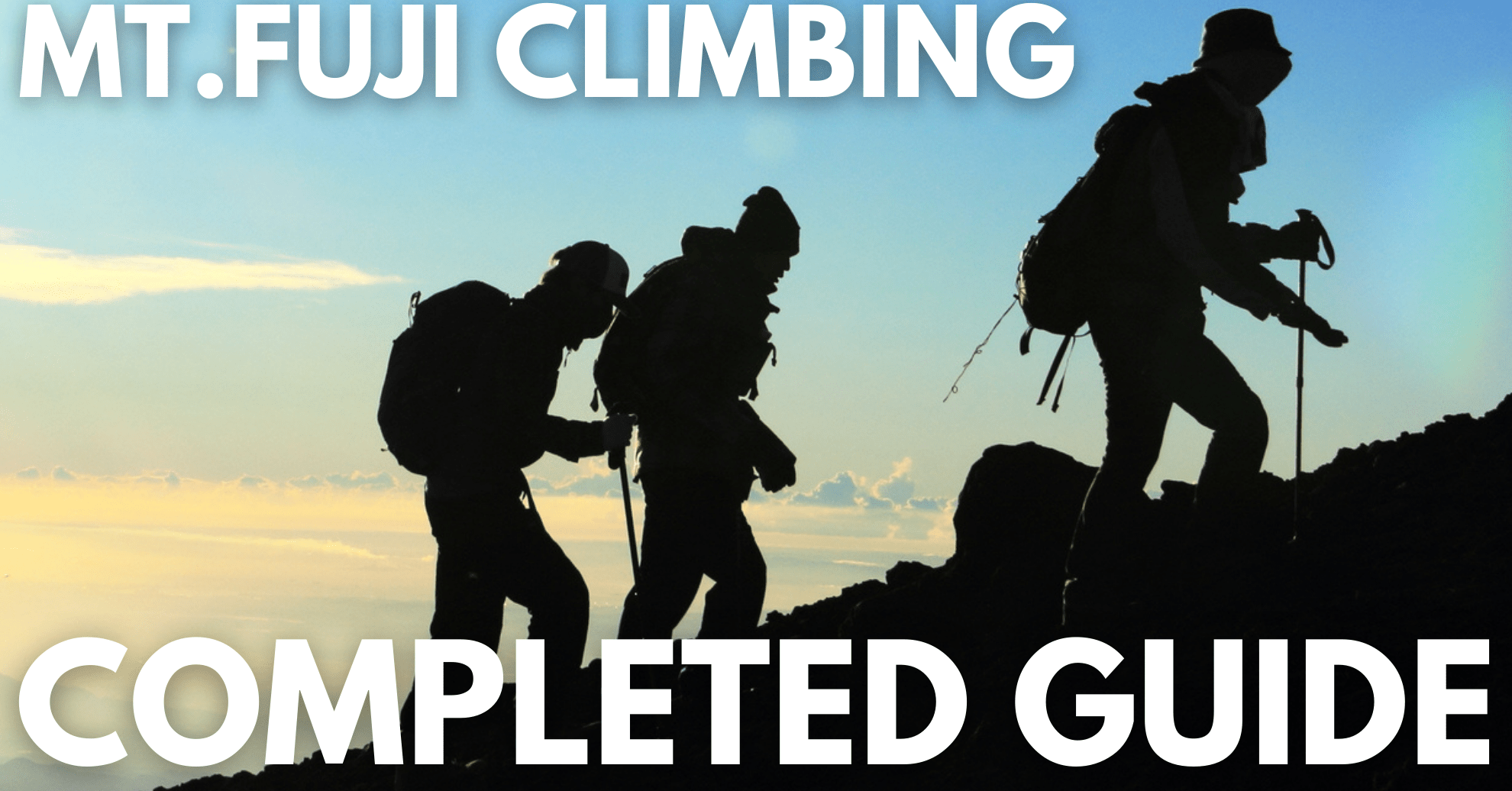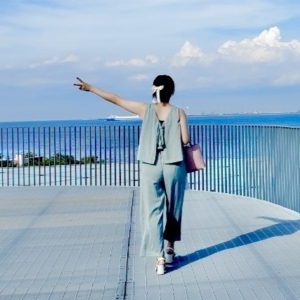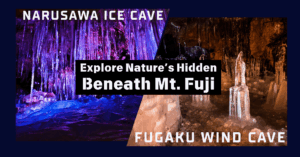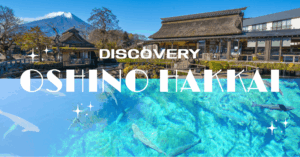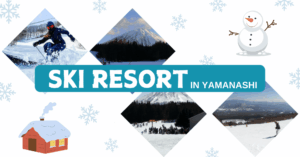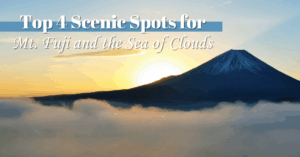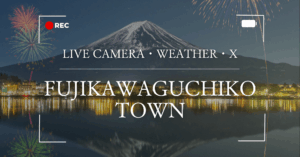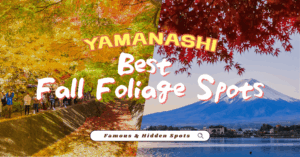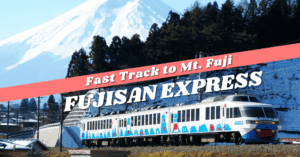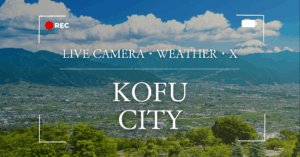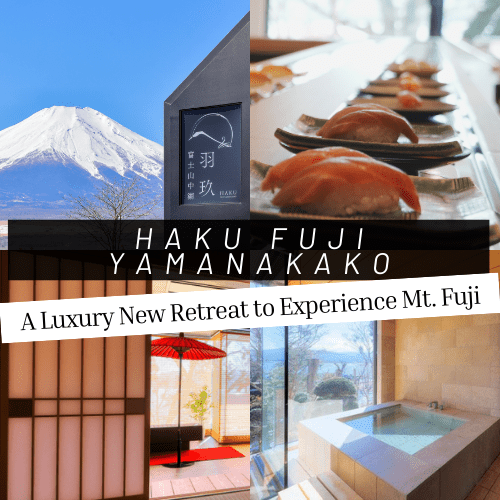In 2013, Mt. Fuji was registered as a UNESCO World Cultural Heritage Site under the title “Fujisan, Sacred Place and Source of Artistic Inspiration.”
Ten years have passed since its inscription, and with the easing of COVID-19 restrictions, the number of international travelers aiming for the summit of Japan’s iconic 3,776-meter peak has grown significantly.
Reaching the summit requires thorough planning and preparation, as there are four official trails leading up from the Yamanashi and Shizuoka sides.
During winter, snow covers the summit area and all trails remain closed, making the mountain off-limits outside the summer season.
Climbing Mt. Fuji is only possible for about two months each year, from early July to early September.
In this article, we’ll give you a beginner-friendly overview of the routes from the 5th Station to the summit, so you can better plan your adventure to the top of Japan.
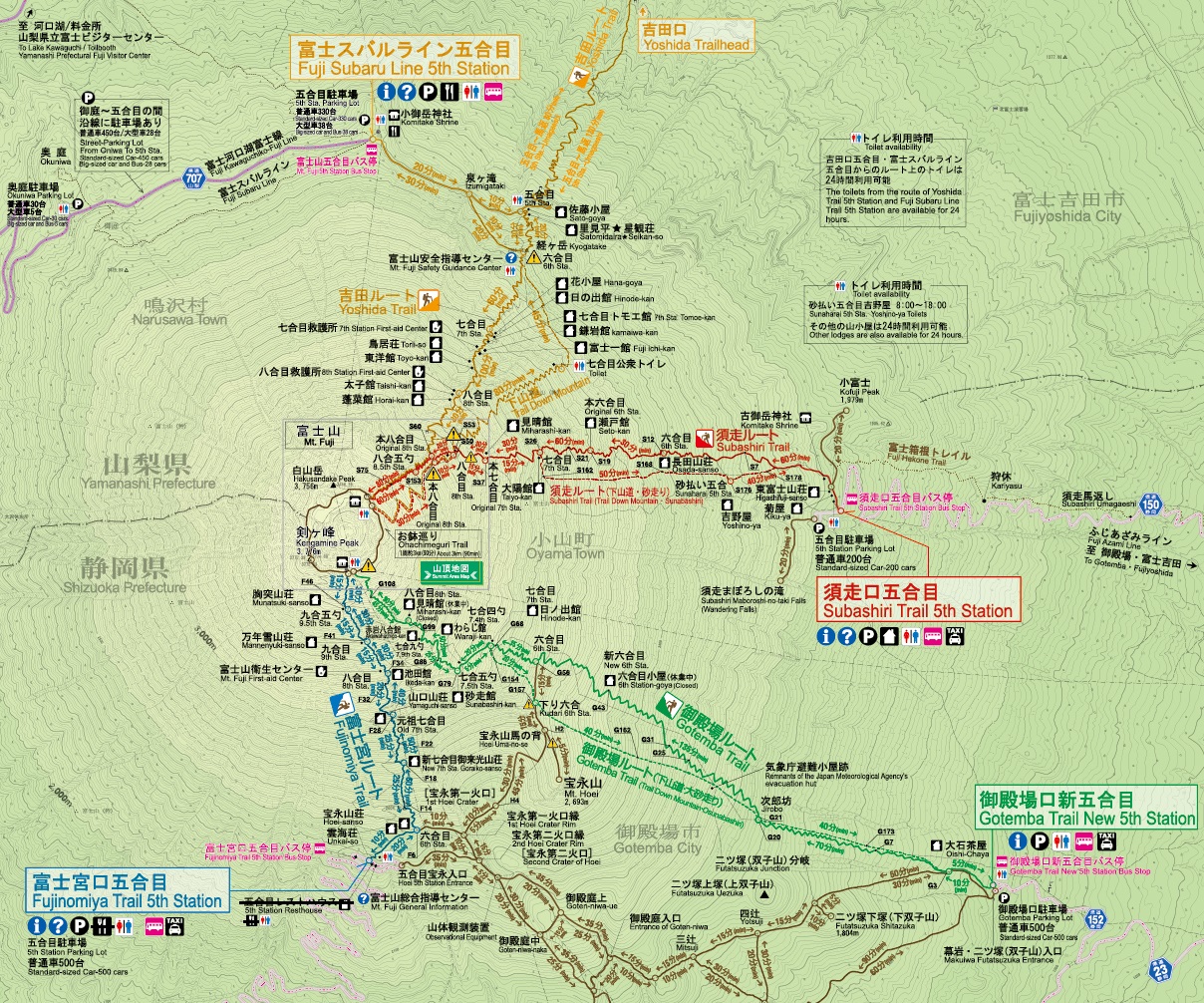
<PR>Rent Your Climbing Gear at Yamarent – Hassle-Free and Affordable!
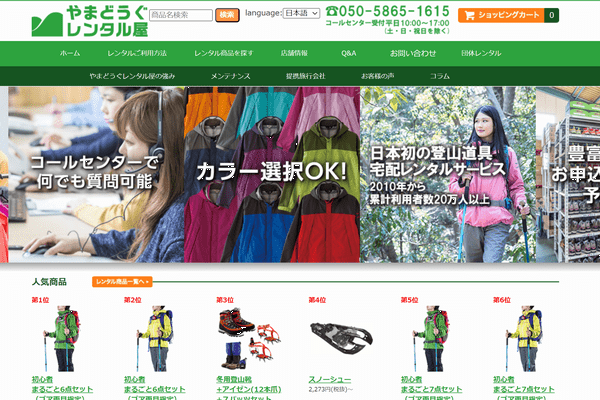
If you’re planning to climb Mt. Fuji, Yamarent is the best option for renting climbing gear!
At Yamarent, you can rent all the essential equipment in one convenient package. What’s more, if you visit their stores at the 5th Station of the Yoshida Trail or the Fujinomiya Trail, you can pick up your gear right before your climb and return it at the same location after descending—perfect for traveling light without carrying bulky items from home.
However, during the climbing season, shops get extremely busy and stock may run low. To avoid this, we highly recommend using their delivery service.
Here’s how it works:
- Try on gear at the Shinjuku or Kawaguchiko store, or simply book online/over the phone.
- Professionally maintained equipment will be shipped to your home.
- After your climb, just send everything back without washing—returning by courier is simple and stress-free.
Your gear arrives 3 days before your climb, and free size changes are available if needed. Orders over ¥10,000 qualify for free shipping, and returns can easily be made at convenience stores.
For peace of mind, cancellations due to weather or health issues are fully refundable if made by the day before.
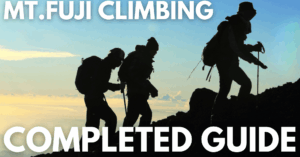
What’s the Weather Like at the Summit of Mt. Fuji?
According to the Japan Meteorological Agency, the average temperatures at the summit of Mt. Fuji are drastically lower than those at the base.
Since temperatures drop by about 0.6°C for every 100 meters of elevation gain, the summit (3,776 m) can be around 20°C colder than nearby flatlands.
During the official climbing season, July and August are considered the most suitable months for beginners, as temperatures are relatively mild. By contrast, September sees a sharp drop in temperatures, making conditions better suited for experienced climbers.
Here’s the average monthly data:
| Month | Avg. Low (°C) | Avg. High (°C) |
|---|---|---|
| Jan | -21.4 | -15.3 |
| Feb | -21.1 | -14.3 |
| Mar | -17.7 | -10.9 |
| Apr | -12.2 | -5.9 |
| May | -6.3 | -0.6 |
| Jun | -1.4 | 4.0 |
| Jul | 2.8 | 8.0 |
| Aug | 3.8 | 9.5 |
| Sep | 0.6 | 6.5 |
| Oct | -5.1 | 0.7 |
| Nov | -11.8 | -5.9 |
| Dec | -18.3 | -12.2 |

What to Wear on Mt. Fuji
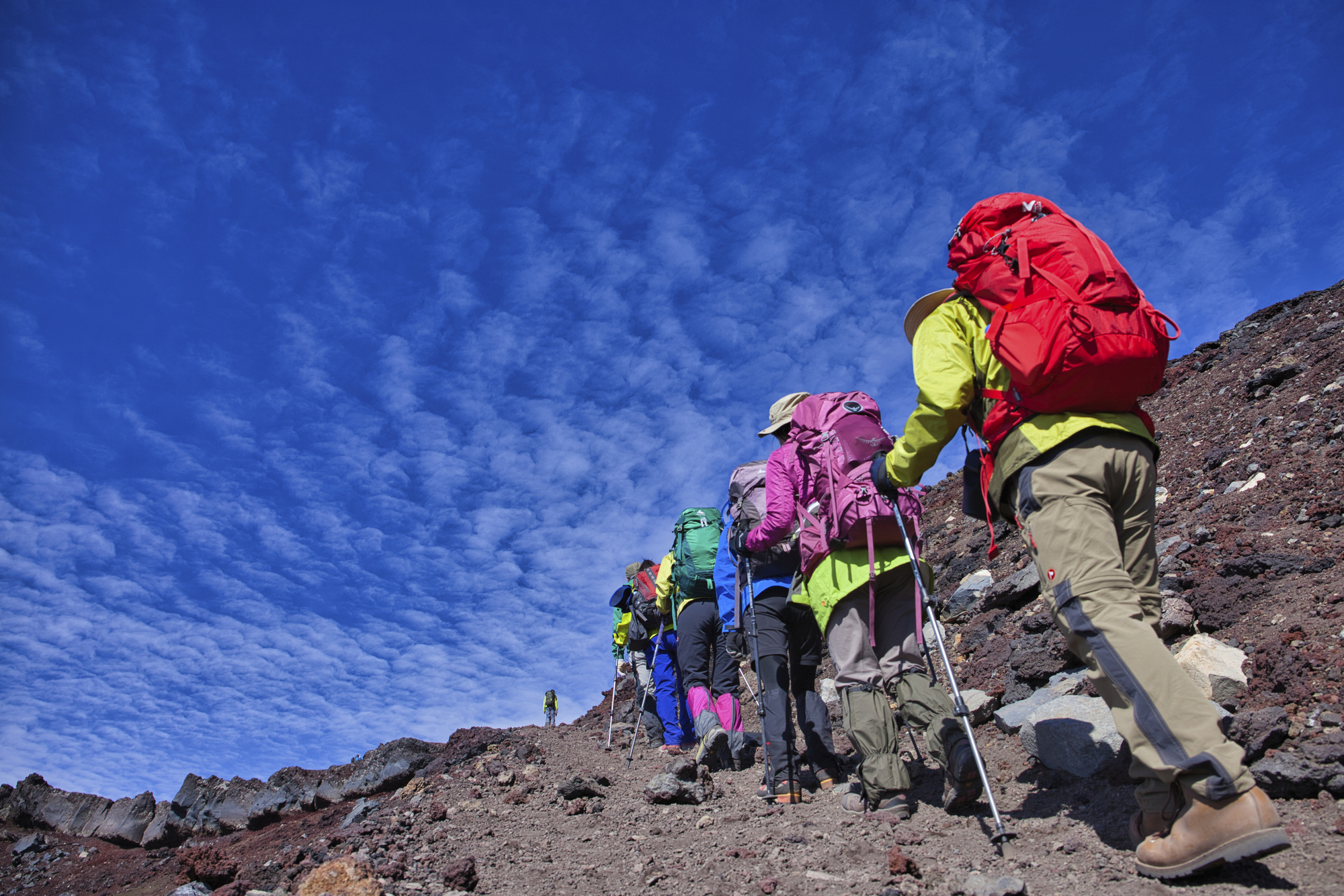
The weather at Mt. Fuji can change suddenly, with strong winds, heavy rain, or even thunderstorms. To stay safe and comfortable, proper clothing and gear are essential.
- Layering is key: Combine short-sleeve and long-sleeve base layers so you can easily adjust to temperature changes.
- Rain gear is a must: A waterproof rain jacket and rain pants will protect you from both rain and wind, while also helping to prevent hypothermia.
- Footwear & support: Sturdy trekking shoes and trekking poles are highly recommended for stability and safety.
- Food & water: While drinks and snacks are available at mountain huts along most trails, some routes have fewer facilities, so it’s best to bring your own supplies.
- Lighting: If you’re climbing during the day, you won’t need extra light. However, for night climbs or sunrise hikes, a headlamp is essential.
⚠️ Safety tips:
・To reduce the risk of altitude sickness and better handle weather changes, plan your climb as a two-day hike with an overnight stay at a mountain hut.
・Avoid “bullet climbing” (rushing up and down the mountain in one night), as it significantly increases the risks.

Yoshida Trail
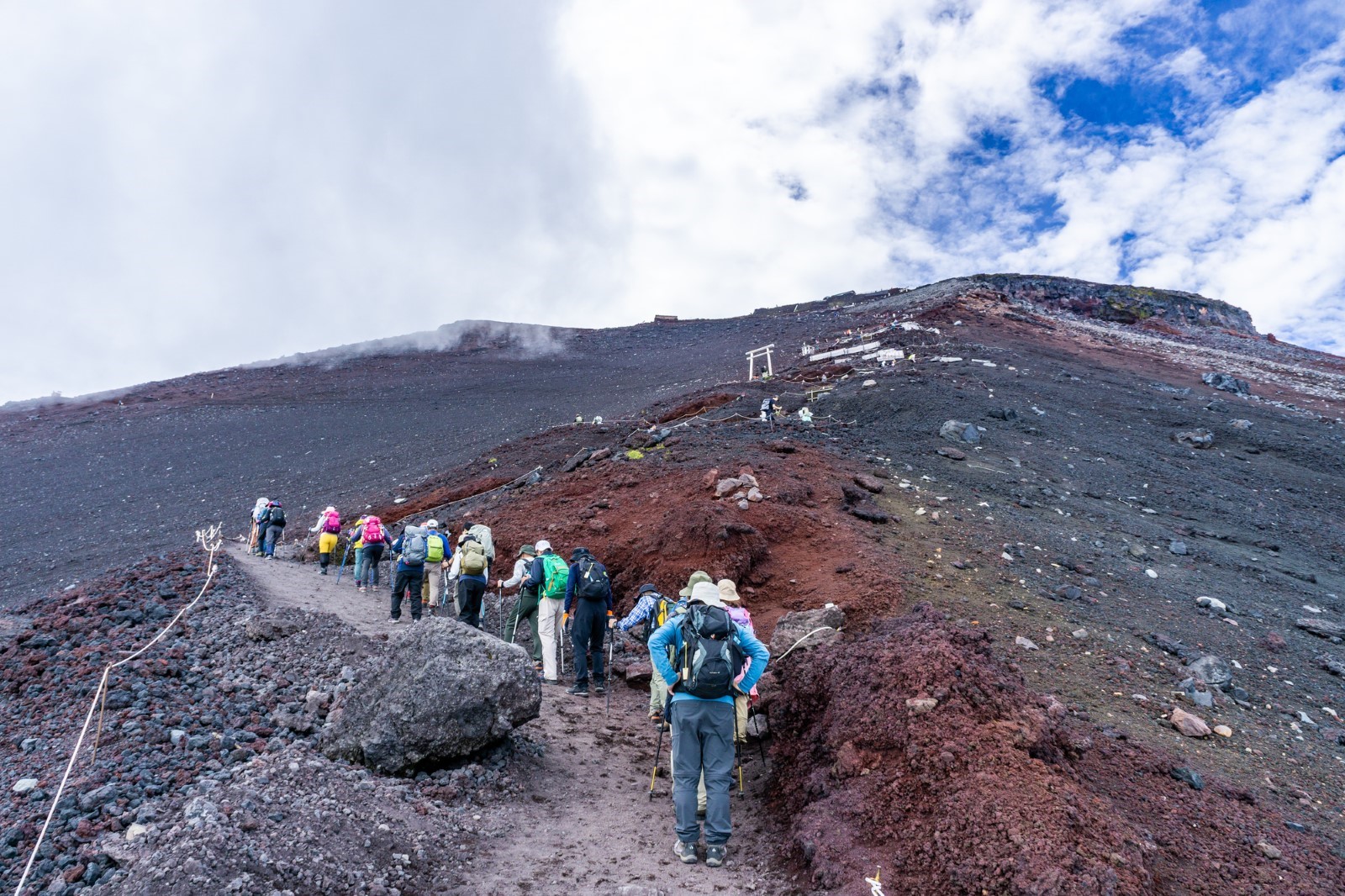
The Yoshida Trail is the most popular route to the summit of Mt. Fuji, especially recommended for beginners. The climb takes about 6 hours up and 4 hours down, covering a total walking distance of 13.8 km.
Starting from the Fuji Subaru Line 5th Station (2,305 m), this trail offers many mountain huts where climbers can rest and acclimatize along the way. For first-time climbers aiming for the summit, this is the best option.
Among the four official trails, the Yoshida Trail attracts the largest number of climbers. Above the 8th Station, it merges with the Subashiri Trail, which can result in heavy congestion during peak season.
- From the 5th to the 6th Station, the path is relatively flat and easy to walk.
- From the 7th Station onward, the terrain becomes rocky and uneven, requiring extra caution.
A reassuring feature is that the ascent and descent routes are completely separate, with mountain huts and first-aid stations available along the way. This makes the Yoshida Trail suitable not only for beginners but also for families looking to experience climbing Mt. Fuji safely.
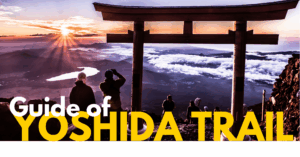
Fujinomiya Trail
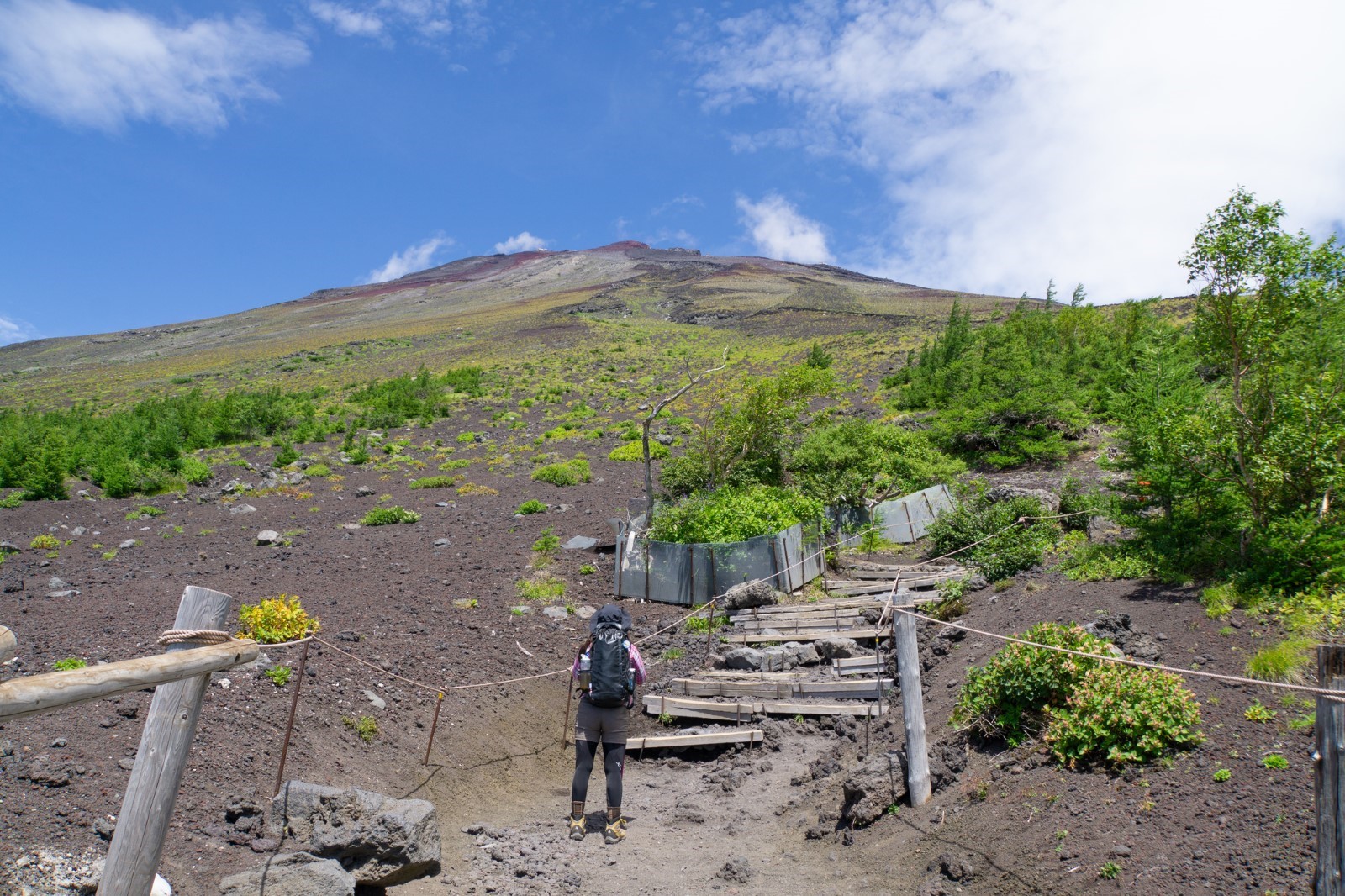
The Fujinomiya Trail is the shortest and fastest route to the summit of Mt. Fuji, taking about 5 hours up and 3 hours down, with a total round-trip distance of 8.6 km. It is the second most popular trail after the Yoshida Trail.
This route begins at the Fujinomiya 5th Station (2,380 m), making it the highest starting point among the four official trails. Because of the higher altitude at the start, climbers should be especially mindful of altitude sickness.
Unlike the Yoshida Trail, the ascent and descent follow the same route, so climbers frequently encounter people coming from the opposite direction. It’s important to yield politely—as a general rule, those ascending have the right of way. Greeting others with a cheerful “Konnichiwa!” is also a great way to check in on each other’s condition during the climb.
- From the 5th to the 6th Station, the trail consists of gentle black volcanic sand slopes, offering stunning views of the summit as you ascend.
- On clear days, the summit rewards climbers with panoramic views of Suruga Bay and the Izu Peninsula.
Another advantage of the Fujinomiya Trail is the availability of mountain huts at nearly every station, providing rest and support for climbers along the way. This makes it a safe and convenient option, even for those new to high-altitude hiking.
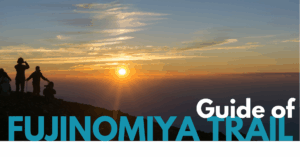
Subashiri Trail
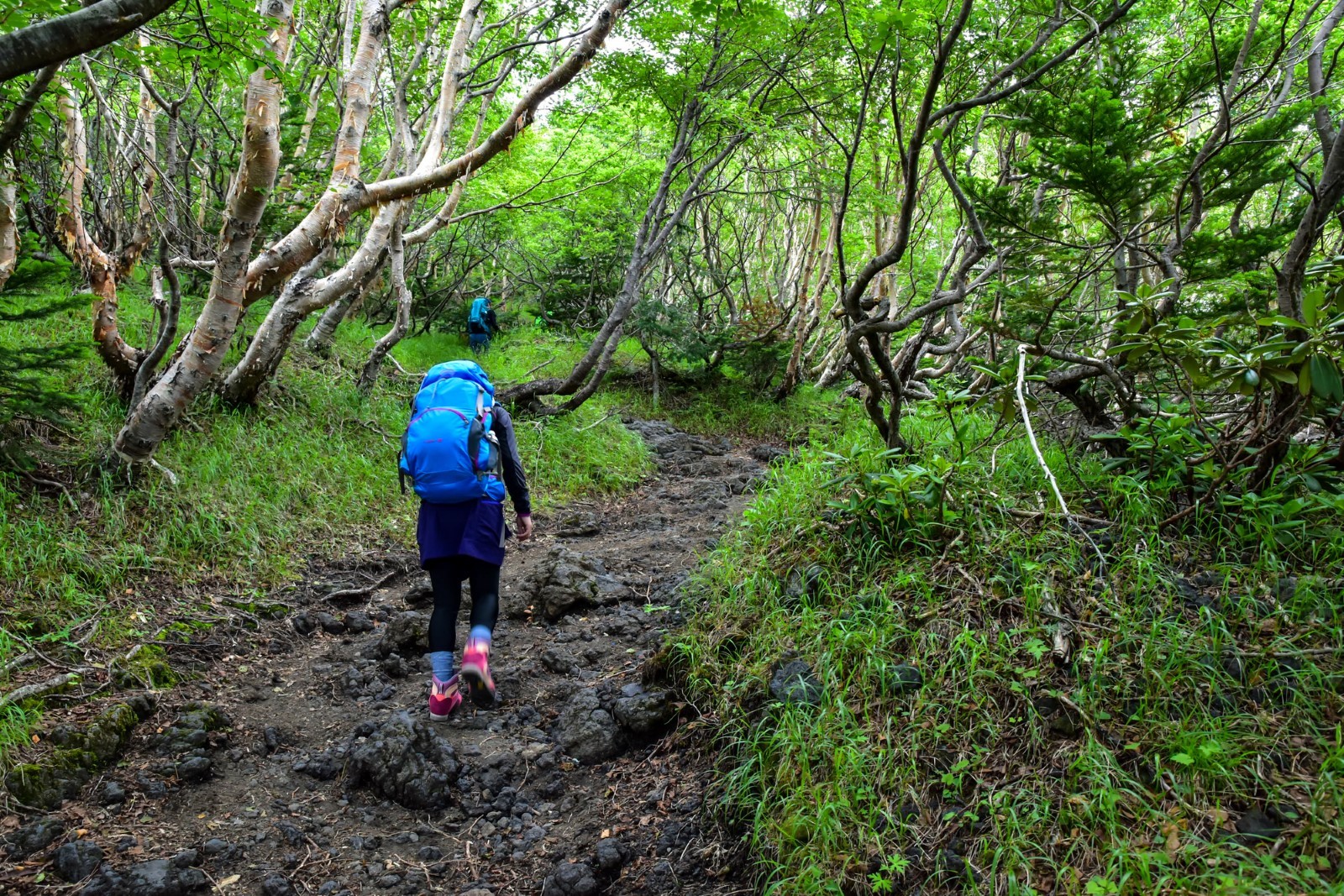
The Subashiri Trail is a scenic route that allows climbers to enjoy Mt. Fuji’s natural beauty at a slower pace. It takes about 6 hours to ascend and 3 hours to descend, with a total round-trip distance of 13.1 km.
This trail begins at the Subashiri 5th Station (2,000 m), making it a lower starting point compared to other trails.
- From the 5th to around the 7th Station, the path winds through a lush forest zone, where hikers can enjoy the tranquility of nature before the landscape gradually opens up.
- Between the 7th and 8th Stations, the trail becomes a gentle volcanic gravel slope. Since the Subashiri Trail approaches the summit from the eastern side of Mt. Fuji, climbers have a higher chance of witnessing the sunrise (Goraiko) along the way.
- At the Original 8th Station, the Subashiri Trail merges with the Yoshida Trail, where congestion often occurs during peak season.
Like other official trails, mountain huts are available at each station, making it a safe and comfortable option for those who want to balance adventure with natural beauty.
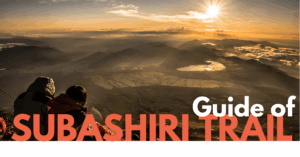
Gotemba Trail
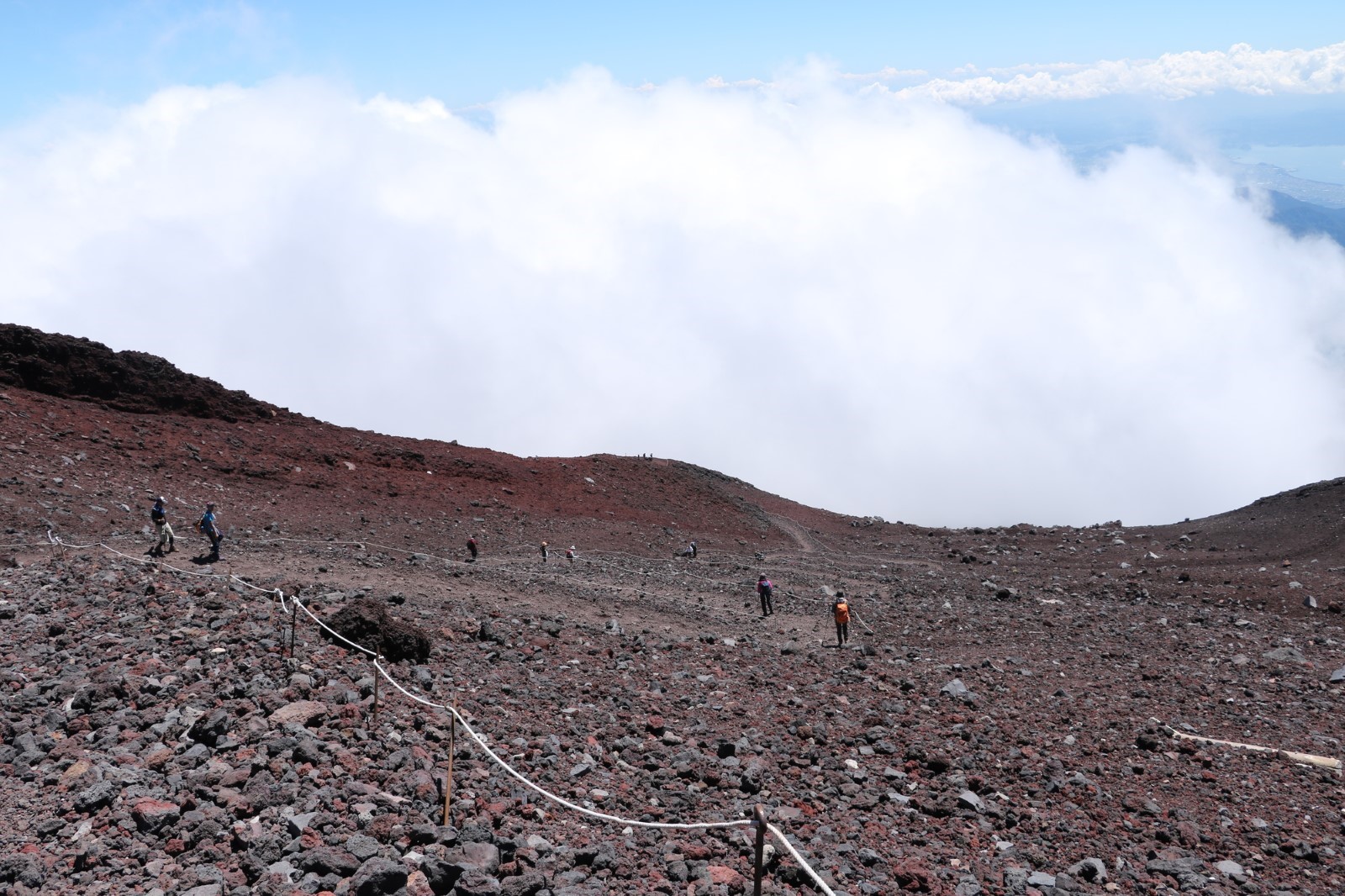
The Gotemba Trail is the longest and most physically demanding of Mt. Fuji’s four official climbing routes. It is recommended only for experienced and highly fit climbers. The trail requires about 7 hours to ascend and 3 hours to descend, covering a round-trip distance of 18.9 km.
Starting at the Gotemba New 5th Station (1,440 m), this route features the largest elevation gain and the greatest distance of all trails, making it the ultimate challenge for those seeking a test of endurance.
- Thanks to its open landscape, climbers can enjoy unobstructed views of the sunrise (Goraiko) from almost anywhere along the trail.
- The highlight of the Gotemba Trail is the famous “Osunabashiri” (Great Sand Run), a 7 km stretch of volcanic ash slope created by the Hoei eruption of 1707. The descent here is unique—many hikers even choose to descend only via this route for the exhilarating experience of sliding down soft volcanic gravel.
- Note that the ascent and descent routes are separate until the 7th Station, where they merge.
- Mountain huts are sparse compared to other trails, so careful planning and preparation are essential.
This trail is ideal for seasoned climbers who want to push their limits while experiencing Mt. Fuji’s raw and dramatic volcanic terrain.
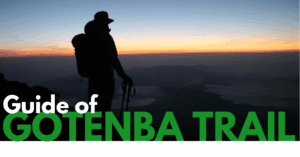
Ohachimeguri (Crater Rim Walk)
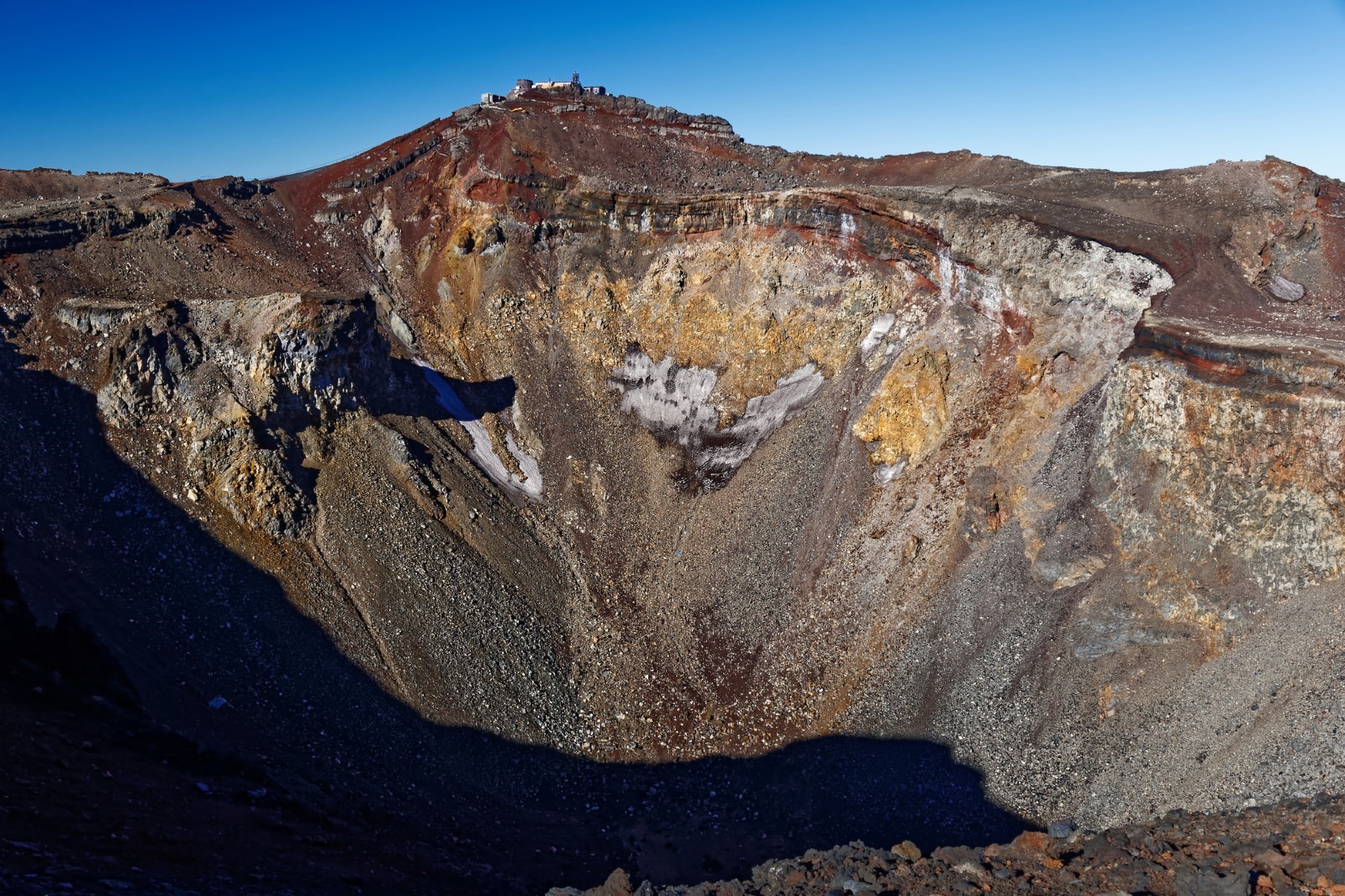
At the summit of Mt. Fuji, climbers can choose to extend their adventure by completing the Ohachimeguri, a circular walk around the volcanic crater.
The name “Ohachimeguri” has two possible origins:
- From the eight peaks (Hakkōho) surrounding the crater, where “Ohachimeguri” originally meant “visiting the eight.”
- From the shape of the crater itself, which resembles a large rice bowl (known in Japanese as “ohachi”).
For those with energy left after reaching the summit, this 90-minute clockwise loop offers an unforgettable experience.
Why clockwise?
Before the Meiji period, Mt. Fuji climbing had strong Buddhist influences. In Buddhism, it was customary to circle sacred sites clockwise (rightward), a tradition called unyo, originating from India, the birthplace of Buddhism.
Highlights of Ohachimeguri
- Kusushi Shrine
- Okumiya Shrine of Fujisan Hongu Sengen Taisha
- Mt. Fuji Summit Post Office – Japan’s highest post office, open only during the official climbing season (mid-July to late August). From here, visitors can send letters with a unique summit postmark. Exclusive souvenirs such as commemorative stamp sets, climbing certificates, and summit proofs are also available.
- Former Mt. Fuji Weather Station
- Asahidake Peak – considered the best spot to view the sunrise (Goraiko).
- Kengamine Peak (3,776 m) – the highest point in Japan and one of the Eight Peaks.
⚠️ Safety tip: The rim can be narrow and rocky, so take extra caution to avoid slipping accidents.


Safety Precautions for Climbing Mt. Fuji
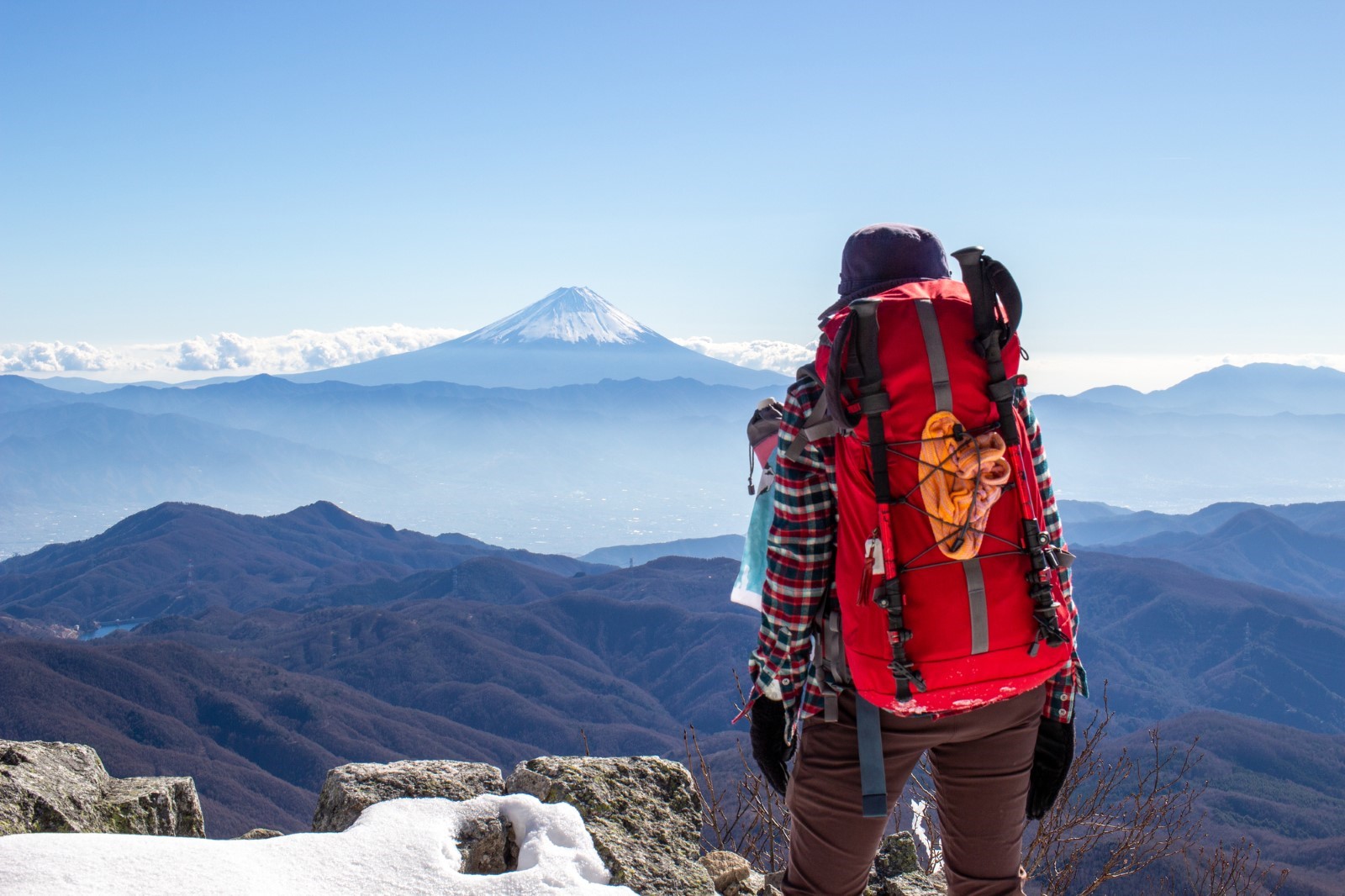
The two most serious risks when climbing Mt. Fuji are hypothermia and altitude sickness.
Hypothermia occurs when the body’s core temperature drops below 35°C (95°F).
On Mt. Fuji, it is said that for every 1 m/s increase in wind speed, the perceived temperature drops by about 1°C.
Even during the official summer climbing season, the summit can feel as cold as mid-winter. Proper cold-weather gear is essential to prevent hypothermia.
Altitude sickness often occurs when the body cannot adapt to low oxygen levels. Symptoms may include headaches, dizziness, and nausea.
It is especially common when climbers are sleep-deprived or in poor physical condition.
The key is to walk slowly and steadily. A good rhythm is to take a 5-10 minute break every 30 minutes of walking to avoid overexertion.

Summary
In this guide, we introduced the four main trails to the summit of Mt. Fuji.
Unfortunately, in recent years there have been cases where climbers attempt the summit outside of the official climbing season and tragically lose their lives.
Always remember: Mt. Fuji is Japan’s tallest mountain. Climbing it requires proper gear, careful preparation, and respect for the rules.
With the right mindset and safety measures, you can fully enjoy the challenge of conquering Mt. Fuji — an unforgettable experience that stands as one of Japan’s greatest adventures.
Recommended for You! Featured Articles You May Also Like
-

[2025 Edition] The Complete Mt. Fuji Climbing Guide: Routes, Gear, and Essential Tips
-


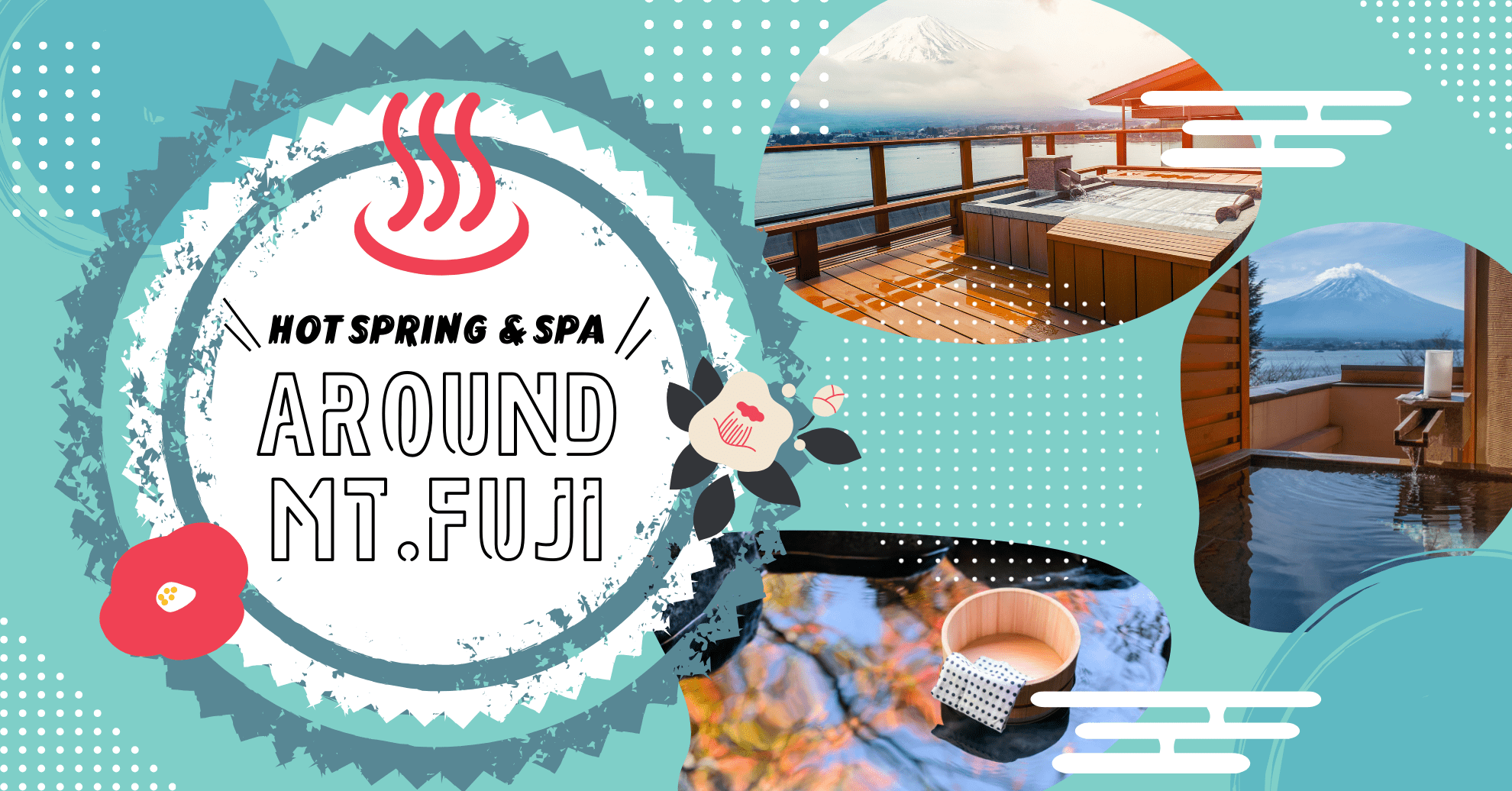
Relax After Conquering Mt. Fuji! Top Hot Springs to Visit After Your Climb
-



Discover the Spirit of Japan in Yamanashi — Matcha Tea Ceremony Experience Tours (Day Trips from Tokyo & Local Hotels)
-


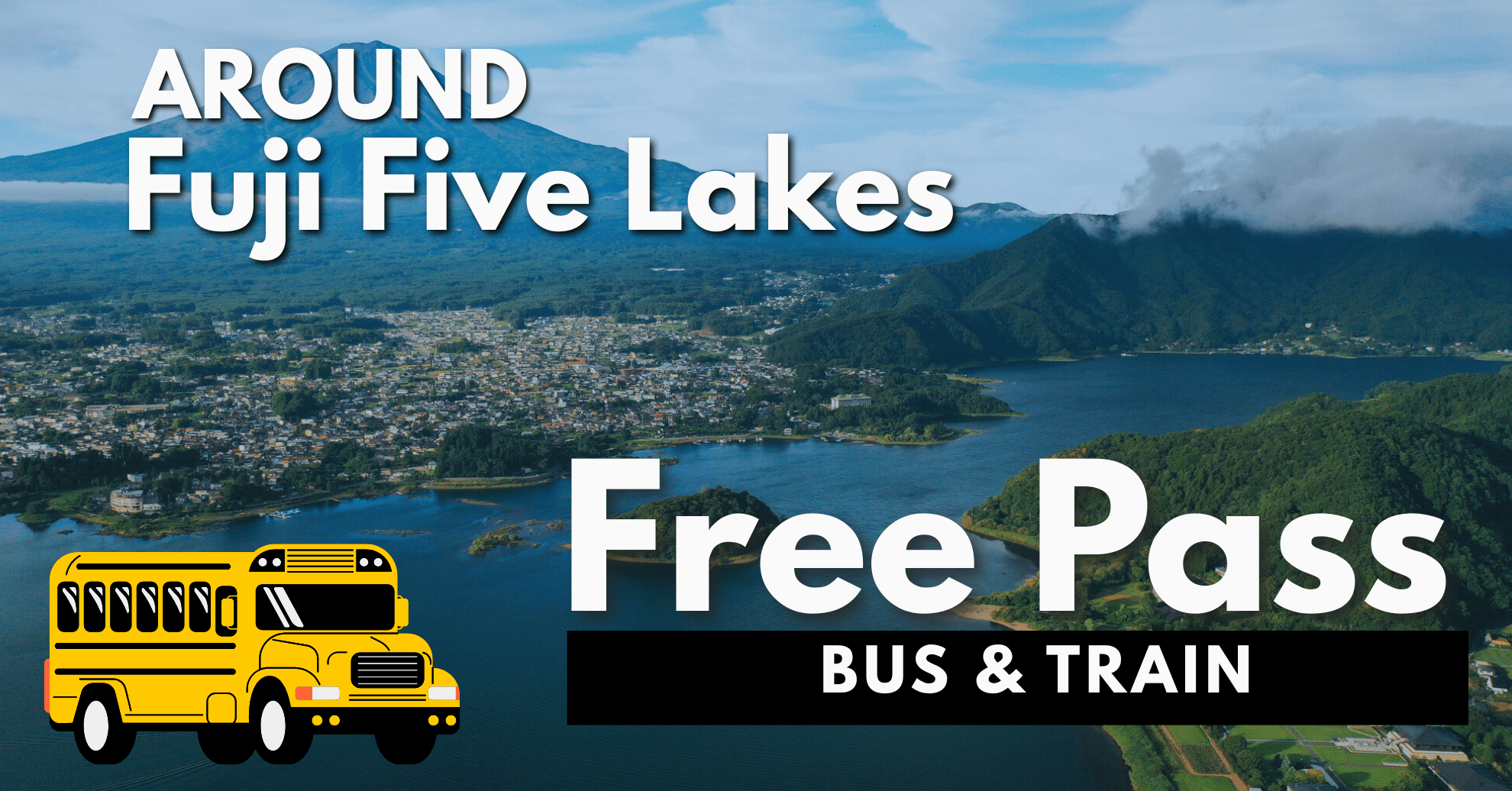
[2025 Edition!] Recommended for Sightseeing! A Complete Guide to Convenient and Affordable Bus and Train Passes Around the Fuji Five Lakes
-


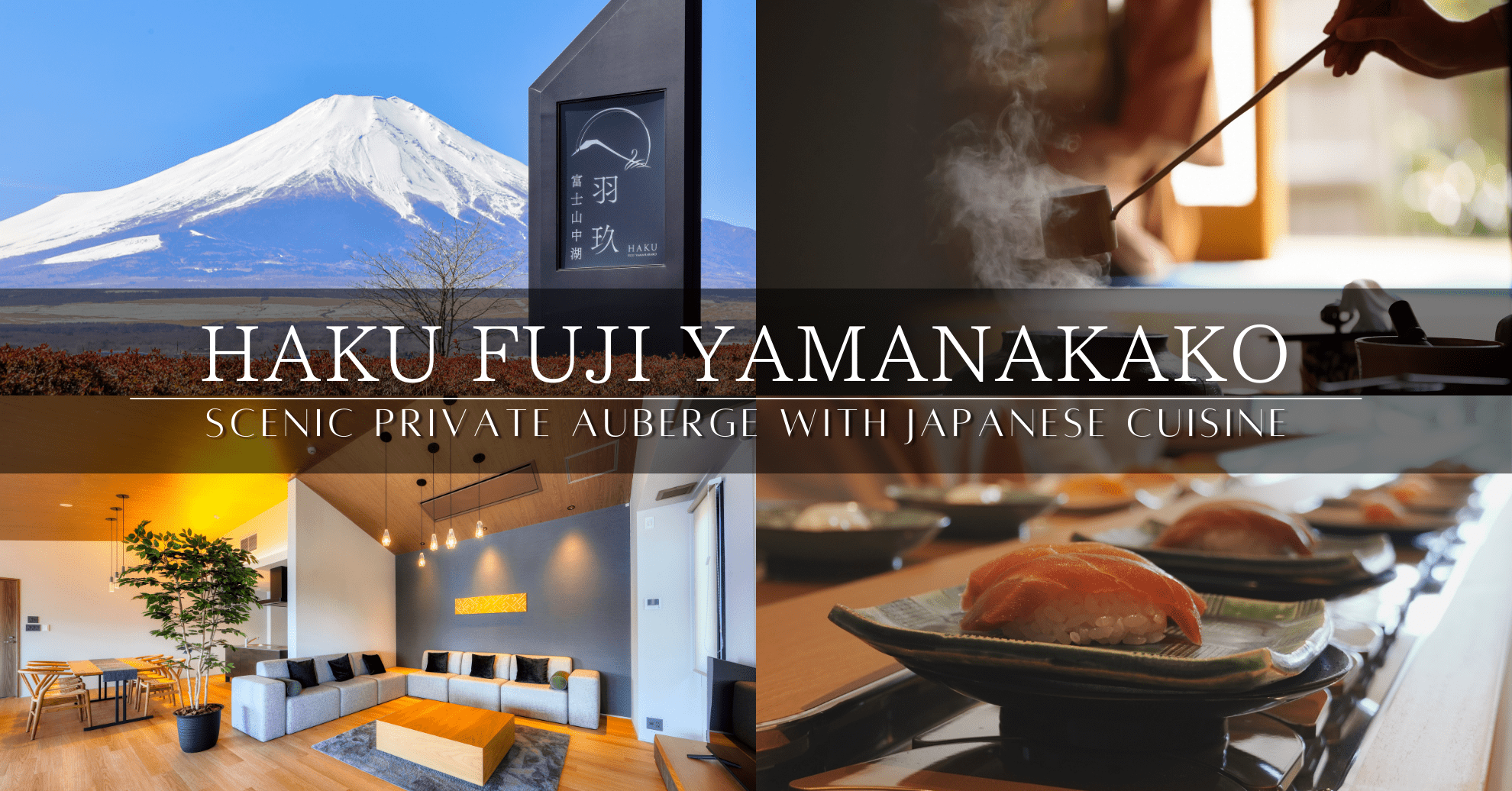
HAKU FUJI YAMANAKAKO – The World’s First Luxury Stay Offering Mt. Fuji Views, Tea Ceremony, and Private Kaiten Sushi
-



Complete Guide to Wedding Venues in Yamanashi | From Mt. Fuji View Chapels to Winery Weddings and Traditional Japanese Ceremonies

